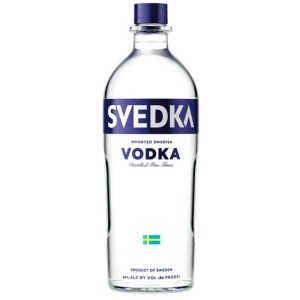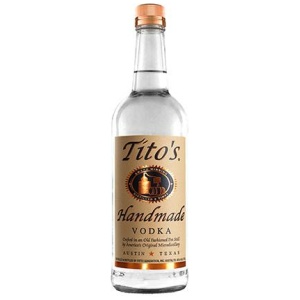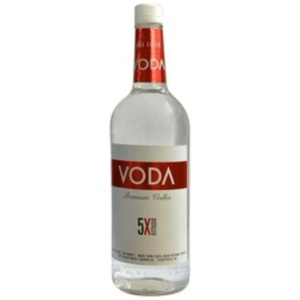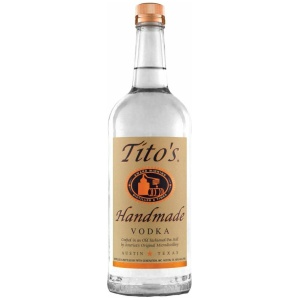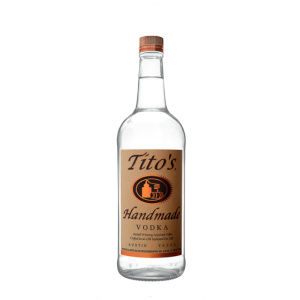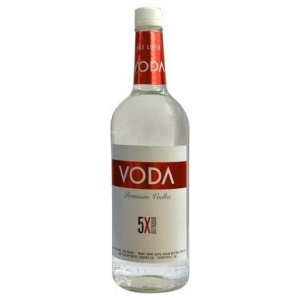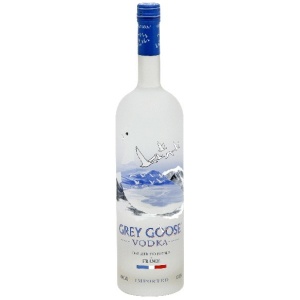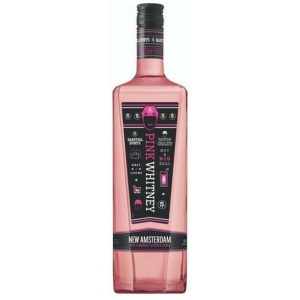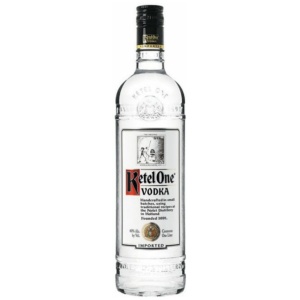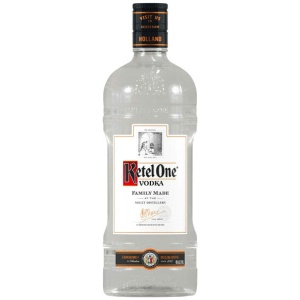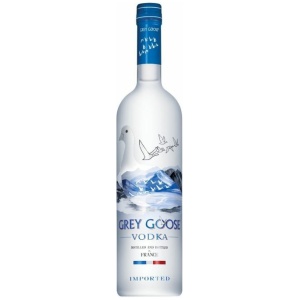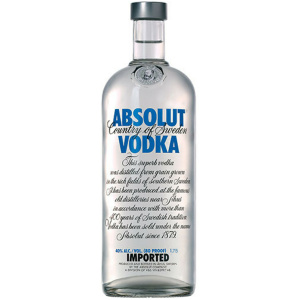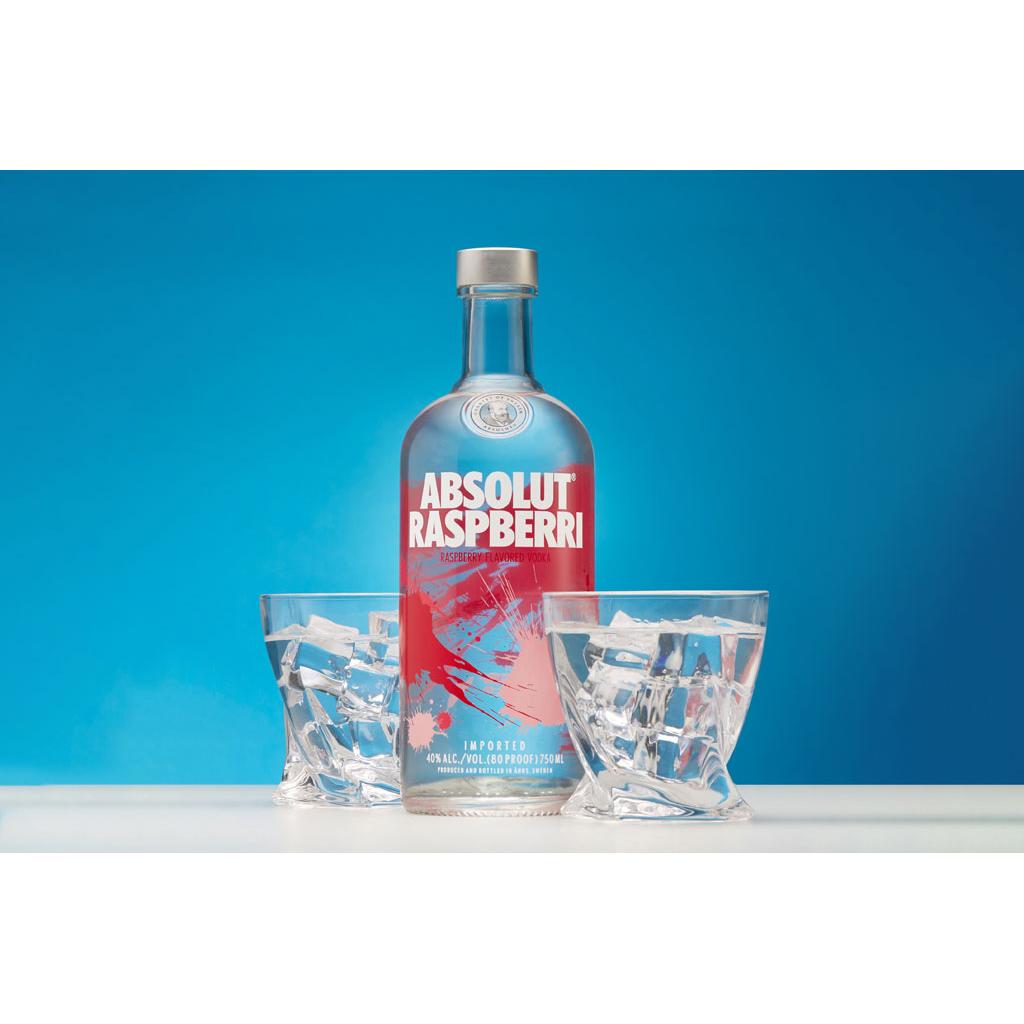
Vodka is a distilled spirit most often made from grain or potatoes. Traditionally, pure liquor is known in Russia and Poland, but today it is made all over the world. The United States and all parts of Europe contribute to the global vodka market. It is also drunk all over the world. Russia and Eastern European countries drink the most, followed by American vodka, which is also the most popular drink used in cocktails, mixed drinks and Scottish drinks, making it a must-have in every bar.
Vodka Stats
Ingredients: Grain, potato
ABV: 40-50%
Proof: 80-100
Calories: 64
Origins: Russia, Poland, Europe, USA.
Taste: grainy, silky, buttery
Serve: Straight, chilled, on the rocks, cocktails, shots.
What vodka is made of?
From its humble medieval origins as a medicine, vodka has conquered the world. In 2012, bottled spirits cut into 1.17 billion gallons (4.44 billion liters) of distilled spirits, making it the world’s most popular drink. But what is vodka made of?
To make vodka, you must first ferment any food containing sugar or starch and then distill it to increase its alcohol content. (Fermentation means to feed yeast sugar so that the yeast can produce alcohol.) Today, most vodkas are made from fermented grains such as sorghum, corn, rice, rye or wheat, although potatoes, fruit or even just sugar can also be used.
The fermentation stage produces a product containing only about 16% alcohol by volume (ABV) – too low for spirits. To increase this amount requires distillation or heating in a vessel called a “chamber”. Since alcohol boils at a lower temperature than water, you can collect the evaporated alcohol by separating it from the water. Most vodka is 30 to 40 percent ABV. “Certified spirits,” such as the American brand Everclear, reach 95-96 percent ABV.

What does vodka taste like?
Vodka is known for its lack of distinct flavor. Instead, the stylistic difference between brands is their texture on the tongue, called “appetite.” Some vodkas, such as Absolut, have a buttery, silky texture with a hint of sweetness; others, such as Stolichnaya, are clean, watery, and have a medicinal finish. However, today’s vodka market goes far beyond these old characteristics, and it is difficult to separate all vodkas into a few simple categories.
Like what you are reading? Try these related stories...
Vodka is not necessarily tasteless and odorless, and there are distinct differences between vodkas. The flavor of vodka is subtle and often resembles a clear grain. If you taste enough vodka of the wide variety, you will begin to pick up the differences. You can compare it to the difference in taste between tap water and bottled water. If you pay attention to this, you can easily tell when you are drinking unfiltered water.
Vodka heat is another term you may hear. It is the burning that appears on the tongue or the back of the throat when drinking straight, and is another way of showing the smoothness of vodka. The heat is often determined by the care a distiller takes in creating pure vodka, especially in the number of distillations and how it is filtered. Less expensive brands tend to burn in the mouth and throat, while premium brands tend to be smooth and thin.

History of Vodka
The word “vodka” comes from the Russian translation of water: “Water. In Polish, on the other hand, the term is used to refer to any white distilled beverage. Its origins take us back to the Middle Ages, when it started to become popular. This drink was made from potatoes and had medicinal purposes. Experts believe that its use was widespread in Russia, as it was an effective remedy for colds.
It is interesting that the first to develop this distillate were monks, thanks to them the peasants in the 18th century started drinking vodka and its use began to grow in Russia. But this drink only began to expand in 1917, during the Russian Revolution, when the population began to flee the country to Europe, and what did they bring with them? Their vodka or water. However, it wasn’t until World War II, the historical moment when vodka fell into American hands, that global recognition of the drink came.
Vodka is probably the oldest spirit in the world, but the Russians and Poles disagree about its origins and have no definitive evidence to support their claims.
Russia gave us the word “voda” meaning “water” and “vodka” meaning “little water,” although in Poland the words “water” and “woda” are similar.
The minimal meaning of the word “ka” when used in the Middle Ages probably meant a better description of vodka, because water at the time not only smelled bad, but could be very unhealthy.
The truth is that by the 11th century Poland was distilling vodka for medicinal purposes, and by the 17th century vodka was Poland’s national drink. 3 copies of a lifestyle book from 1405 mention how to pour “vodka,” and in 1534 a Polish encyclopedia of medicine and science explains how to distill vodka from herbs and suggests using vodka to cleanse the skin after shaving or rubbing after a bath to remove unpleasant odors!
Vodka production was less restricted than in Russia, and in 1546 King Jan Olbrecht issued a decree allowing every citizen the right to produce vodka. As a result, distilling was largely a family affair, and by the 16th century there were 49 commercial distilleries in Poznan alone. In the centuries that followed, vodka distillation and consumption became firmly established at all levels of Polish society, and today Poznan is the main center of vodka production.
It was only at the turn of the 21st century that Westerners began to take an interest in what was in the bottles, but today, alongside neutral Western vodkas, we can find many traditional vodkas from the East, as well as vodkas distilled in the West, proud of their character, whether it is spring water, local raw materials or the process.
Now we can choose between vodkas that represent a lifestyle choice and Eastern and Western vodkas that offer a distinct product reality, either in the vodka itself and/or in the heritage and provenance of the vodka.
